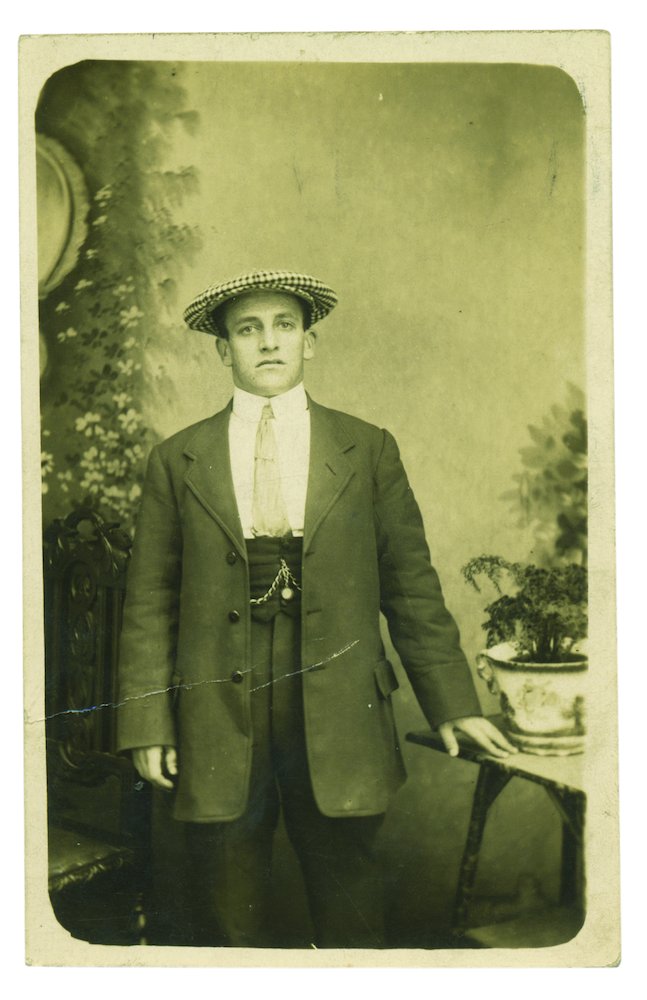Quetzal
One of the Regulars
- Messages
- 147
- Location
- United States
The other day, I watched "The Last Crusade", and something that I didn't notice earlier was that Sallah appears to be wearing a cummerbund with his suit and tie. Naturally, I thought that it was an error on behalf of the costuming department, but then I watched Casablanca and saw this combination again. As both films are set in a similar time and location, was it common in the Golden Era to wear a cummerbund with a suit in Northern Africa?
-Quetzal
-Quetzal






